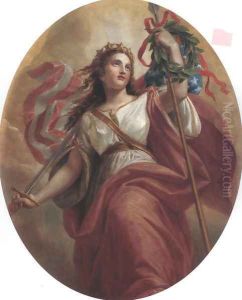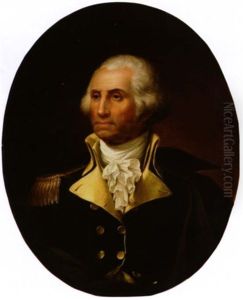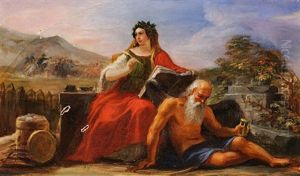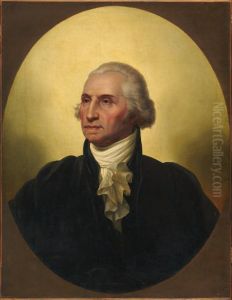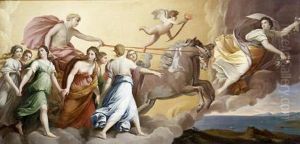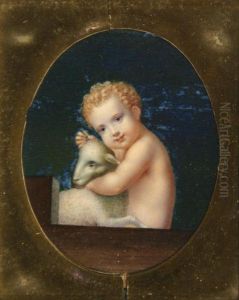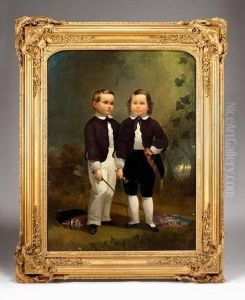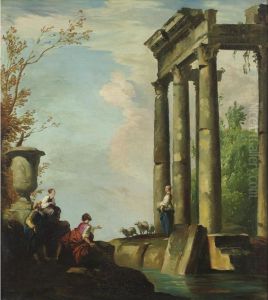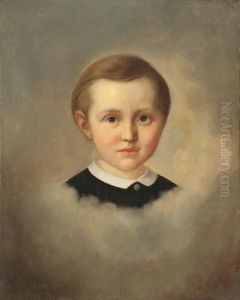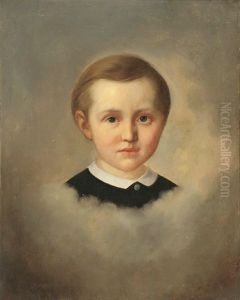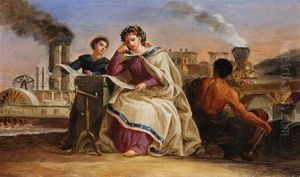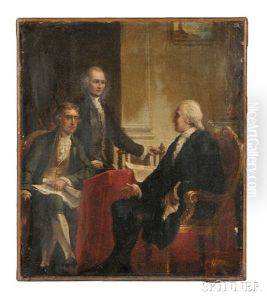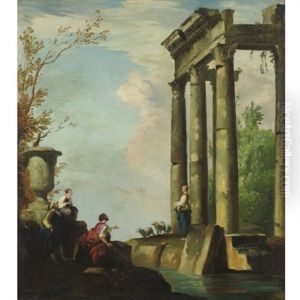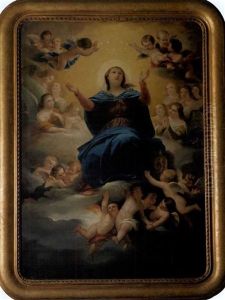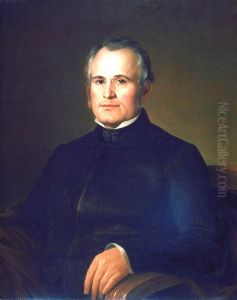Constantino Brumidi Paintings
Constantino Brumidi was an Italian-American historical painter, best known for his work in the United States Capitol. Born in Rome on July 26, 1805, Brumidi came from a Greek-Italian background that influenced his artistic development. He was trained in the classical tradition of Italian art, which is evident in his meticulous attention to detail and his mastery of fresco technique. Before emigrating to the United States in 1852, Brumidi worked on various Vatican projects and was involved in the restoration of frescoes in Roman palaces and churches, which honed his skills in large-scale mural painting.
Upon his arrival in the United States, Brumidi quickly became involved in the country's national artistic endeavors. His most significant contribution was to the United States Capitol in Washington, D.C., where he spent over 25 years decorating the interior with lush, classical scenes. His masterpiece is considered to be the fresco 'The Apotheosis of Washington' in the Capitol Rotunda, completed in 1865, which depicts George Washington rising to the heavens in glory, surrounded by figures from American history and allegorical figures representing aspects of the nation's character and virtues.
Brumidi's work in the Capitol also includes the frieze in the Rotunda, which illustrates significant events in American history, and numerous other murals throughout the Capitol building, showcasing his versatile style that combined classical themes with American subjects. Despite facing challenges, including political and financial difficulties, Brumidi's dedication to his work never wavered, and he continued to paint in the Capitol until his death in Washington, D.C., on February 19, 1880.
Brumidi's legacy is that of a pivotal figure in American art history, whose work at the Capitol remains a significant cultural treasure. His ability to blend classical Italian techniques with American themes created a unique visual narrative that celebrated the nation's history and ideals. Today, Brumidi is remembered not only for his artistic talent but also for his contribution to the American identity through art.
